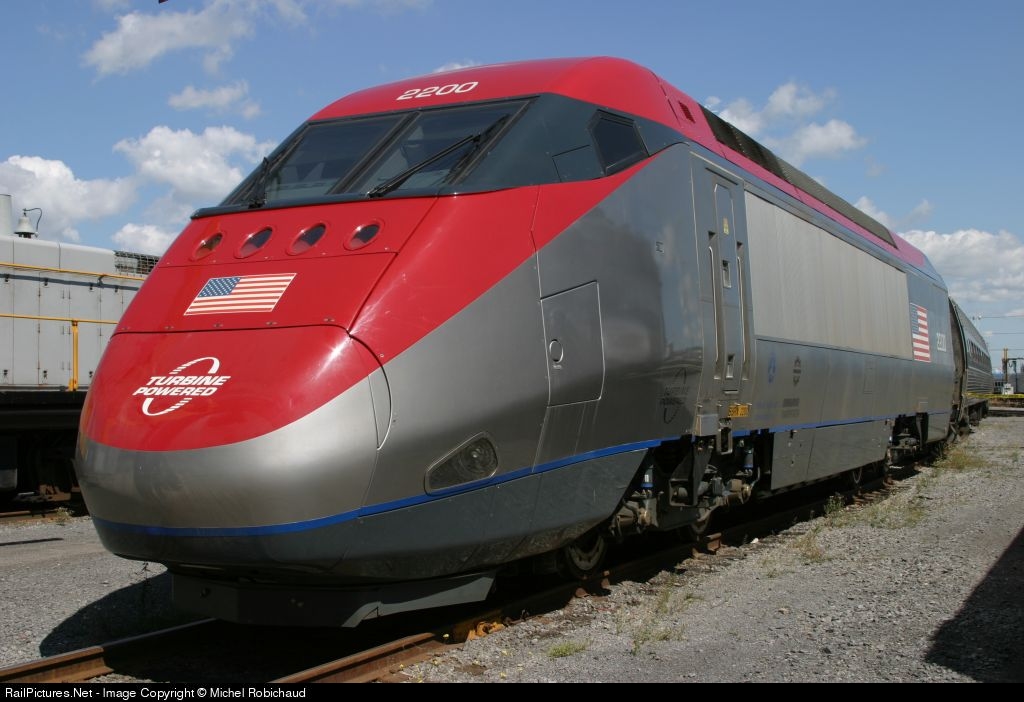

In 2007, the Mazovian Railways signed a contract for the delivery of 37 Twindexx Vario wagons (11 steering and 26 trailing wagons). The National Railway Company of Belgium (NMBS/SNCB) has similarly ordered TWINDEXX-derived intercity trains designated as M7 in 2018, constructed at the former BN factory at Bruges, which entered service in January 2020. Orders have been placed in the range of a few hundred coaches of the different variants with their initial delivery expected to be during 2015–2017, depending on the variant. A tilting variant of the Twindexx with an operational speed of up to 200 km/h is developed for the Swiss Federal Railways named SBB RABe 502, informally called TWINDEXX Swiss Express. The high-speed rail versions are branded TWINDEXX Express, designed for 230 km/h. For international sales they were branded as Bombardier TWINDEXX with a "Vario" concept (then called TWINDEXX Vario) that allows these trains to be built for regional or intercity connections with a design speed of 189 km/h and an operational speed of up to 160 km/h. In 2008 Bombardier presented the "Dosto 2010" future family of double-deck trains for the German market. Some Polish units refurbished by Pesa Bydgoszcz from 2003–2009 and some Czech units refurbished 2001–2022.īuild years 1992-1993 for Germany ( Deutsche Reichsbahn and Deutsche Bundesbahn), later named DB Class 760.īuilt between 19 under the DWA brand for Germany ( Deutsche Bahn).īuilt since 1997 and sold under the Bombardier brand to railways in Germany, Denmark, Israel and others.Ĭab car First/second class car with room for bicycles In Czech Republic also known as UIC type Bmto292 ( cz) and in Poland as UIC type Bmnopux/Bmteeo ( pl), also nicknamed "bohun". sold their railway division to Alstom in 2021.īuild years 1973–19–1991, sold to East Germany, Bulgaria, Poland, Romania, Czechoslovakia. After 1990, VEB Waggonbau Görlitz became part of Deutsche Waggonbau AG (DWA) which was acquired by Bombardier Transportation in 1998.

These trainsets were used by Deutsche Reichsbahn (East Germany) as well as several other railways of the eastern bloc in large numbers (about 4000).

Starting in 1974, single coaches were built again that were the direct ancestors of today's double-deck coaches. West german railways now opted only for single level coaches. They were push-pull trains with a cab car that could control the steam locomotive at the other end of the train.Īfter World War II, these coaches were developed further by VEB Waggonbau Görlitz (formerly WUMAG) into double-deck trains of two to five articulated cars sharing bogies, known as "Doppelstock(glieder)züge" ( de:Gliederzug (Schiene)). The ancestry of these coaches can be traced back to the LBE double-deck coaches ( de:Doppelstock-Stromlinien-Wendezug der LBE) built by WUMAG at Görlitz for the Lübeck– Büchen– Hamburg railway in 1935–36. Depending on their configuration, each coach can seat 100 to 150 passengers. The current generation of double-deck coaches can be run at speeds up to 200 km/h (125 mph). The Bombardier Double-deck Coach is a bilevel passenger railcar currently manufactured by Alstom, which acquired Bombardier Transportation in 2021 (and before that by Adtranz and DWA/ Waggonbau Görlitz) used by various European railways and Israel Railways.


 0 kommentar(er)
0 kommentar(er)
